7 car cleaning tips to make yours look brand new
And mistakes to avoid
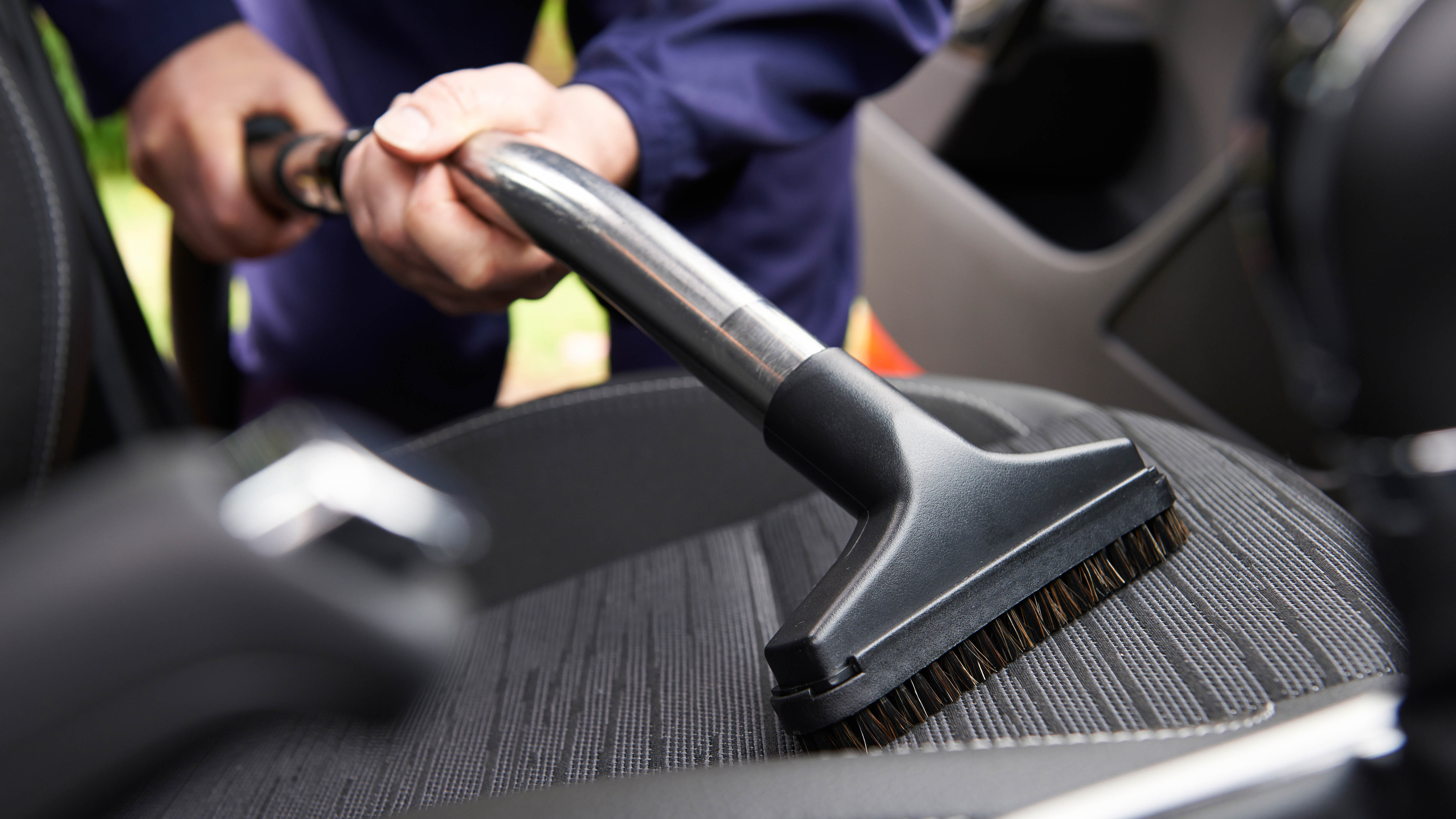
Let's face it, most of us spend more time planning road trips than cleaning the cars that take us on them — whether it’s a trusty old sedan or one of the best electric cars zipping silently down the highway.
Yet a well-maintained interior not only creates a more pleasant driving experience but can also help preserve your vehicle's value over time. Those annoying dust particles, dirt accumulation, and inexplicable sticky spots have an uncanny ability to accumulate in the most challenging nooks of your car's interior.
Regular interior cleaning prevents odors from developing and reduces allergens that can affect passengers with sensitivities. It also helps you spot potential issues like worn upholstery or damaged components before they worsen.
Here are seven essential tips to clean your car's interior effectively — plus some common mistakes to avoid, too.
1. First, clear out the clutter

Before tackling any serious cleaning, empty your car completely. Those empty water bottles, forgotten receipts, and abandoned charging cables aren't just eyesores, they're obstacles preventing you from cleaning effectively.
Start by removing all loose items, including those that have migrated under the seats. Don't forget to empty your door pockets, center console, and glove compartment — the latter often becomes a graveyard for expired insurance documents and owner's manuals you've never read.
This decluttering phase serves two purposes. It immediately improves your car's appearance while providing unobstructed access to the surfaces that need deeper cleaning.
2. Ventilation matters
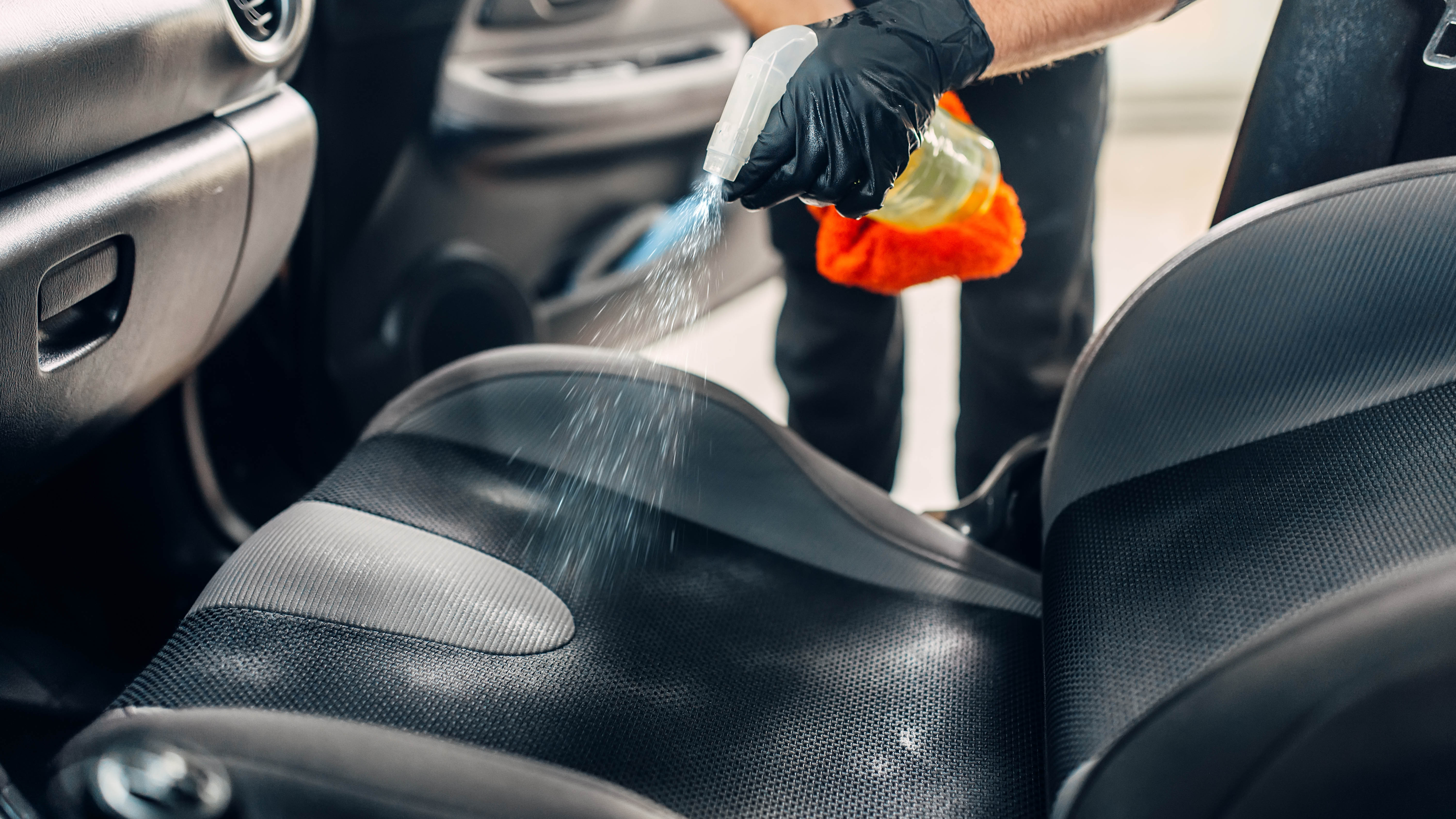
When cleaning your car's interior, dust and allergens become airborne before eventually resettling. Keep all doors and windows open during the cleaning process to allow these particles to escape rather than simply relocating elsewhere in the vehicle.
This practice not only improves the effectiveness of your cleaning but also reduces the amount of dust you'll inhale. If you're particularly sensitive to dust or allergens, consider wearing a mask during the cleaning process for additional protection.
Good ventilation also helps cleaning products dry more quickly, reducing the chance of moisture-related issues. Just be sure to choose a cleaning location away from dusty areas like dirt roads or construction sites that might introduce new contaminants.
3. Work from ceiling to floor
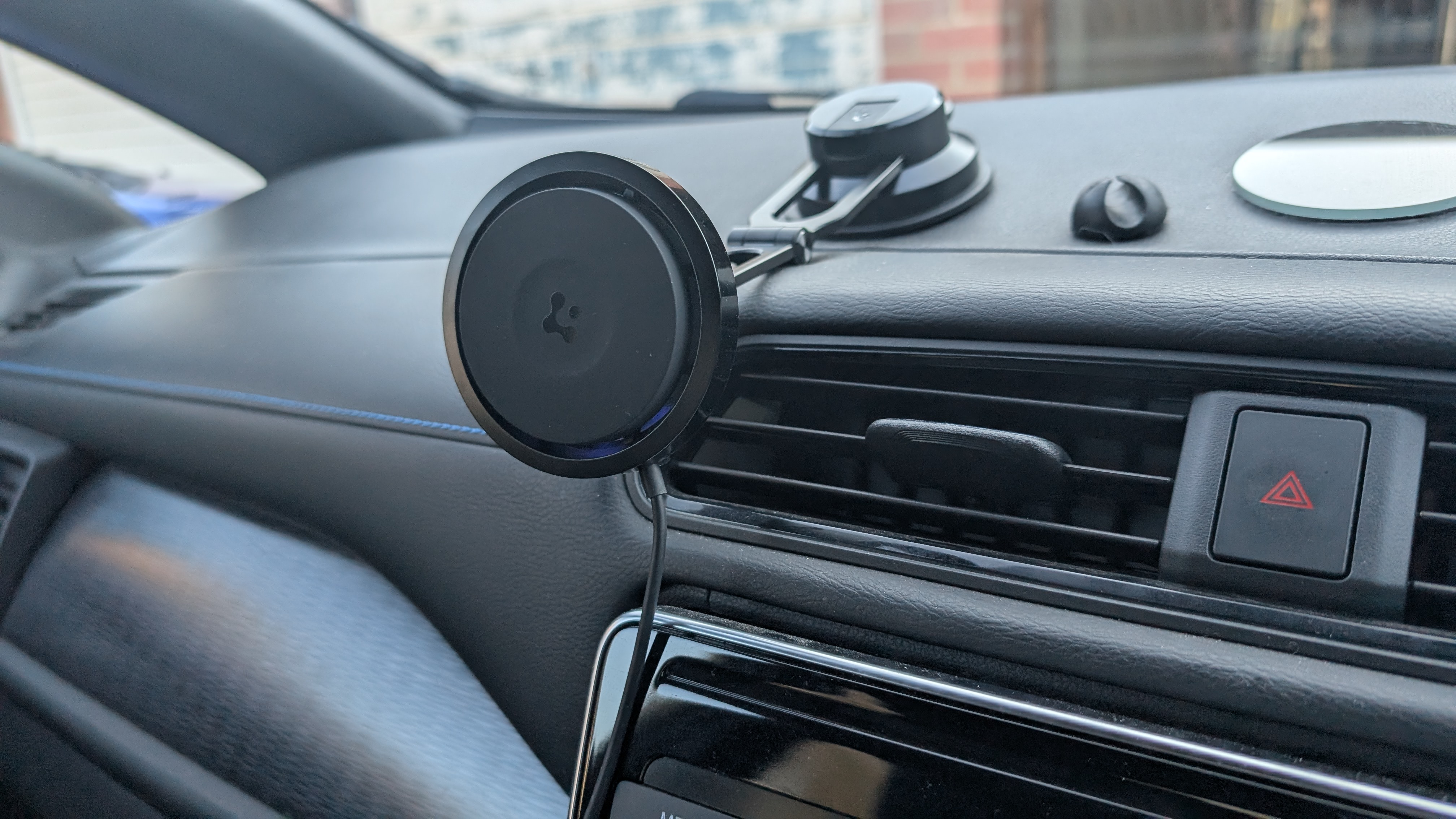
Clean from the top of your car's interior and gradually work downward. This way, any dislodged dust and debris from higher surfaces can be captured when you clean the lower areas.
Begin with the headliner, sun visors, and rearview mirror before moving to the dashboard and instruments. Continue to the seats, door panels, and finally the carpets and floor mats. This methodical top-down approach ensures you won't have to re-clean areas.
For the dashboard and plastic surfaces, a slightly damp microfiber cloth with a mild cleaning solution usually suffices. Avoid excessive moisture, particularly around electronic components.
5. Give your floor mats some TLC
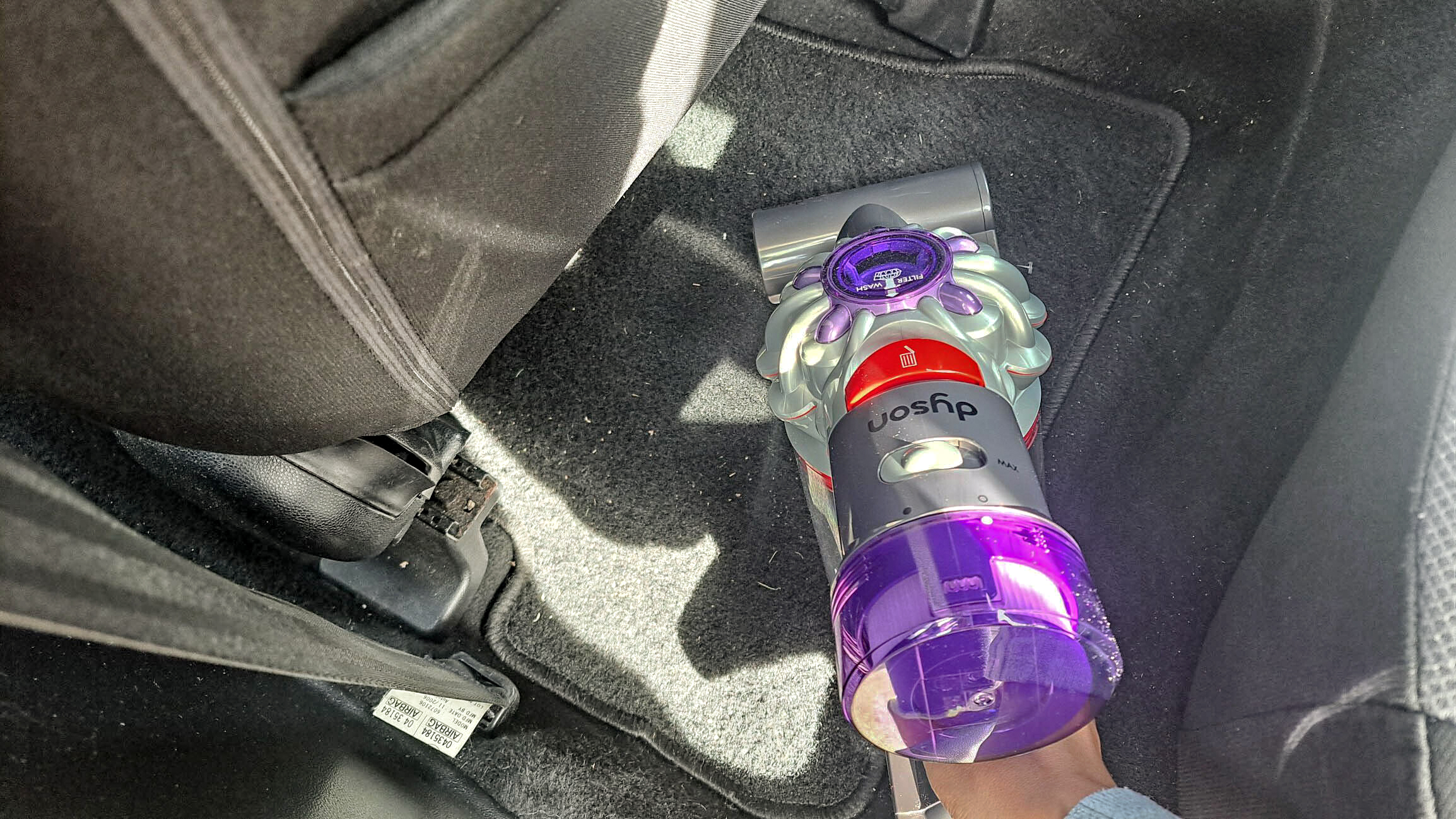
Floor mats endure the worst abuse in your car, collecting everything from mud and gravel to spilled coffee and mysterious sticky substances. Remove them completely from the vehicle before attempting to clean them.
Once outside, give them a vigorous shake to dislodge loose debris. For fabric mats, a vacuum with an upholstery attachment works wonders for embedded dirt. For stubborn debris, try using a stiff brush to loosen particles before vacuuming again.
Rubber or all-weather mats require even simpler maintenance — just hose them down and scrub with soapy water. Let them dry completely before returning them to your car to prevent creating a damp environment that could foster mold or mildew.
6. Tackle dust traps
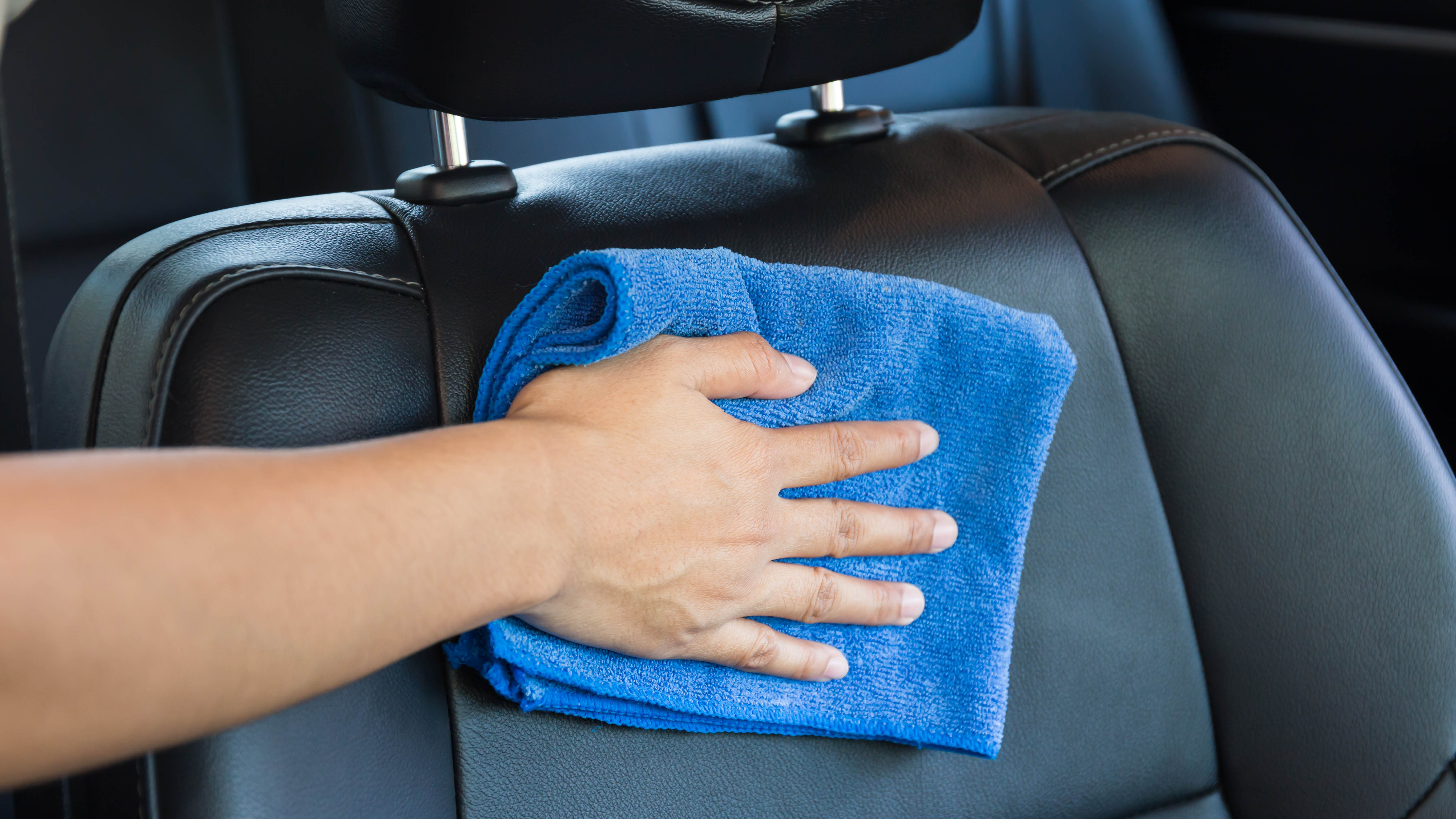
Car interiors are filled with tiny crevices that standard cleaning tools simply can't reach. Air vents, control knobs, and the spaces between seats require specialized approaches to remove accumulated dust effectively.
Small paintbrushes make excellent improvised cleaning tools. Their soft bristles can gently dislodge dust from delicate components without causing damage. Pair this brushing action with a vacuum held nearby to capture the freed particles before they settle elsewhere.
For electronic displays and instrument panels, microfiber cloths are essential. They attract dust without scratching sensitive surfaces. Avoid using paper towels or rough cloths that might leave fine scratches on glossy surfaces.
6. Throughly clean your seats
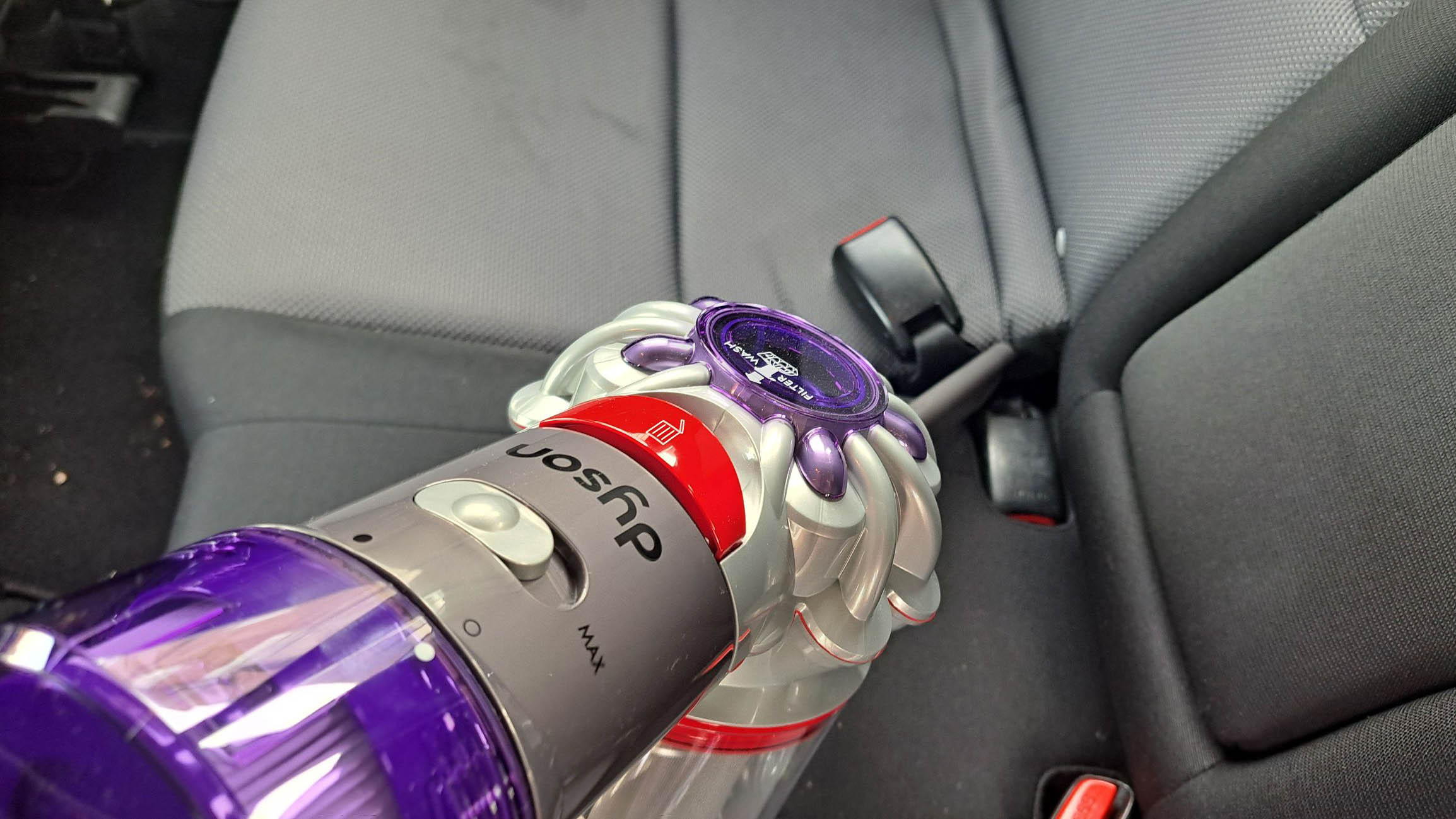
Car seats harbor more than just visible dirt — they collect dead skin cells, spilled drinks, food residue, and countless other invisible contaminants. Proper cleaning requires multiple passes with different techniques.
Start by reclining the seats to expose the often-neglected crease where the seat back meets the bottom cushion. Vacuum thoroughly, changing directions frequently to extract embedded particles from the fabric's weave.
For fabric seats with stains, specialized upholstery cleaners can work wonders. Apply sparingly, work the product in with a soft brush, blot excess moisture, and allow to dry completely before vacuuming again.
Leather seats require their own specific care — use appropriate leather cleaners and always follow with a conditioner to prevent drying and cracking.
7. Finish with an odor eliminator
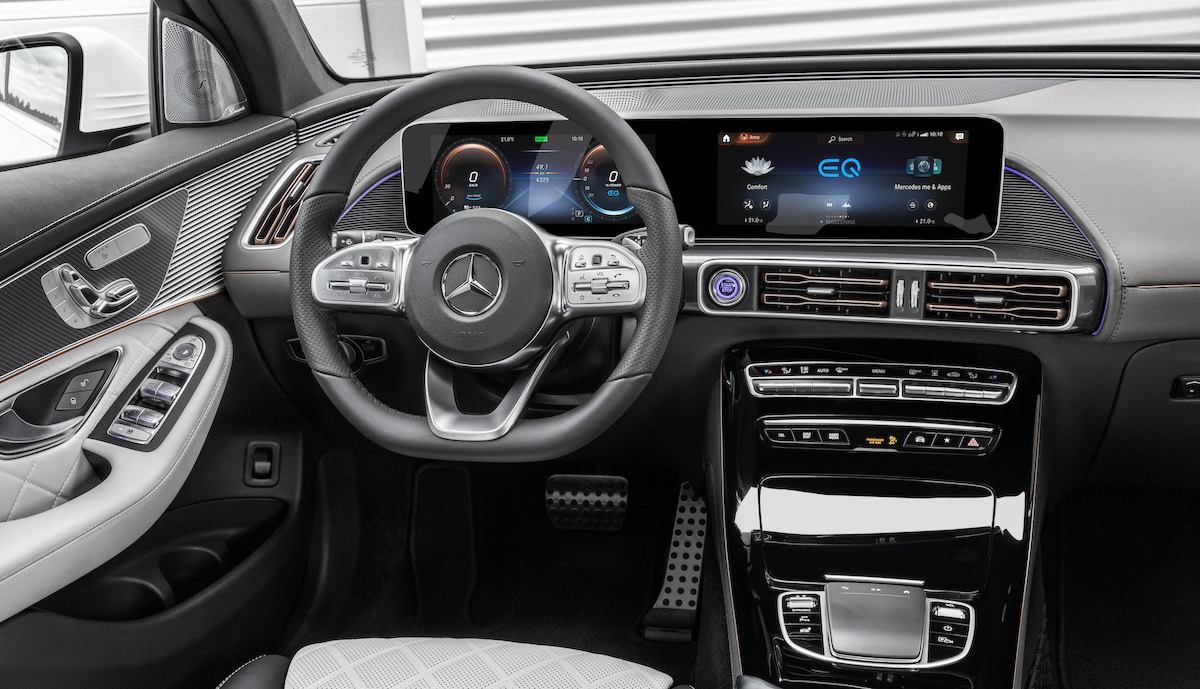
Even after thorough cleaning, lingering odors can persist in your car's interior. Address these with purpose rather than simply masking them with overpowering fragrances.
Consider using an odor eliminator designed specifically for automotive interiors. For a natural alternative, activated charcoal bags or baking soda can absorb unwanted smells without introducing artificial scents.
If you prefer a fragrant car, choose quality air fresheners that complement rather than overwhelm. Vent-mounted options typically provide more controlled scent release than hanging varieties.
For deep odor issues, consider running your air conditioning with the recirculation function off for several minutes to flush the system.
Common mistakes to avoid
Never use harsh, all-purpose cleaners on specialized car surfaces. Products not formulated for automotive use can damage plastics, leather, and electronics. Always check manufacturer recommendations for your specific interior materials.
Avoid excessive moisture, particularly around electronic components. Modern cars contain sophisticated electronics that can malfunction when exposed to liquids. Use damp cloths rather than soaking wet ones, and immediately dry any accidentally wet areas.
Don't use silicone-based shine products on functional controls. While these products might make your dashboard gleam, they create dangerous slippery surfaces when applied to steering wheels, gear shifts, or pedals.
Get instant access to breaking news, the hottest reviews, great deals and helpful tips.
Resist the temptation to clean in random order. Following a systematic approach from top to bottom ensures thorough results without redundant efforts. And finally, never rush the process. Proper interior cleaning takes time, but the results are worth it.
Now you've learned the 7 car cleaning time to make yours look brand new, why not take a look at our other useful cleaning guides?
Check out our 7 expert-approved tips to keep your windowsills clean during pollen season to tackle another challenging area of your home. For kitchen solutions, discover how I revived my stained cutlery with just baking soda and aluminium foil. And don't forget 5 common lawn care mistakes that are killing your yard.

Kaycee is Tom's Guide's How-To Editor, known for tutorials that skip the fluff and get straight to what works. She writes across AI, homes, phones, and everything in between — because life doesn't stick to categories and neither should good advice. With years of experience in tech and content creation, she's built her reputation on turning complicated subjects into straightforward solutions. Kaycee is also an award-winning poet and co-editor at Fox and Star Books. Her debut collection is published by Bloodaxe, with a second book in the works.
You must confirm your public display name before commenting
Please logout and then login again, you will then be prompted to enter your display name.
